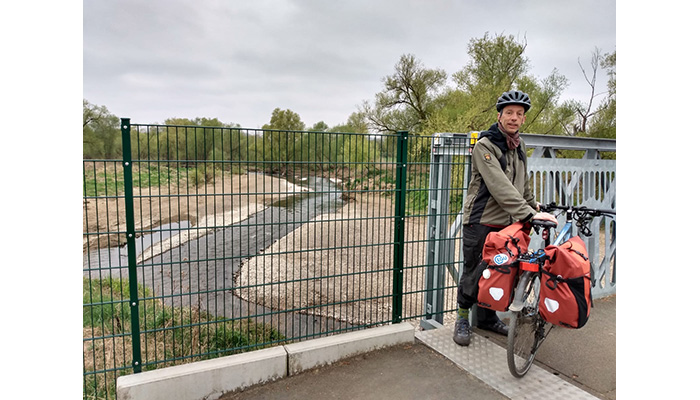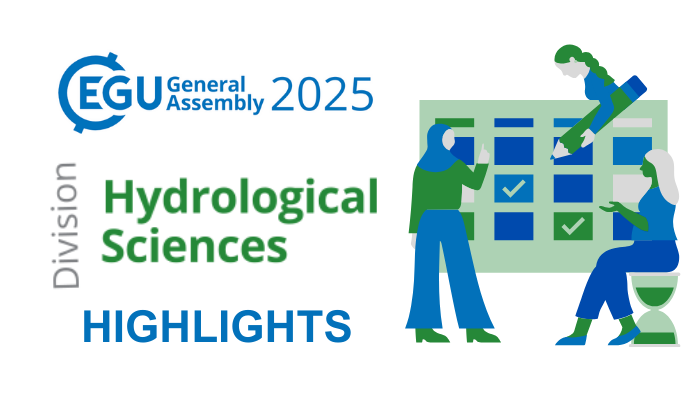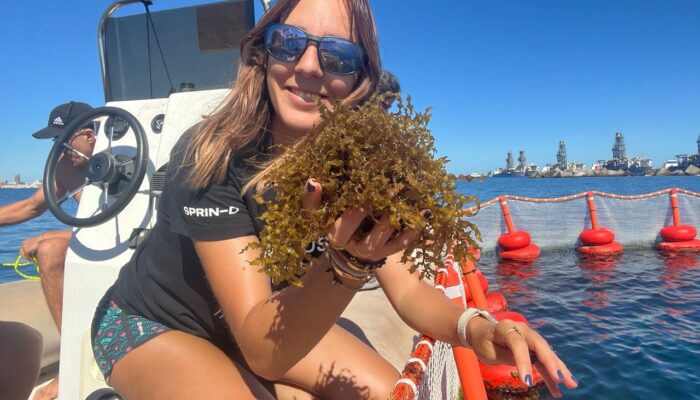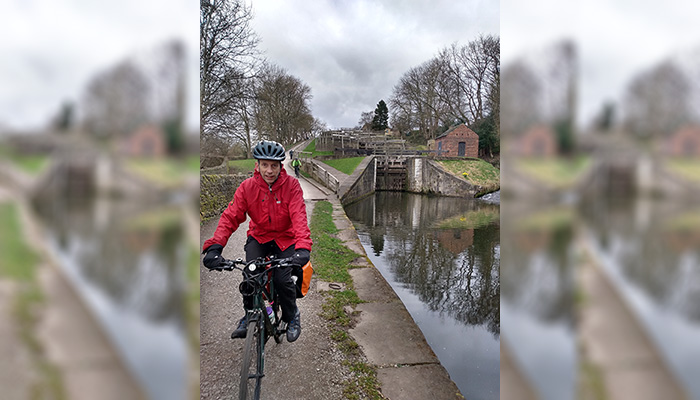Queer Quarterly is the blog series of the EGU pride group, a LGBTQIA+ team of geoscientists engaged to uphold and improve the rights of the community in the EGU organization. This week’s post is dedicated to allyship: how people outside of the community can support our efforts. The term LGBTQIA+ is the abbreviation for Lesbian, Gay, Bisexual, Transgender, Queer, Intersex, and Asexual. The addition ...[Read More]
Hydrological Sciences
My Riverside journey by bike to EGU, part 2
We’ve now been pedalling (unaided by batteries, in case you were wondering) for six days along the Rhine. I’m writing this in the warmth of the evening sun, sparkling off the river, flowing gently past tonight’s campsite, which occupies the hundred metre wide floodplain between the left bank and a steeply-sloping vineyard. Today’s ride took us through Koblenz, where the Mos ...[Read More]
Hydrological Sciences
Hydrology Highlights at EGU25: Your Pocket Guide!
The EGU General Assembly 2025 is just around the corner! It will take place on 27 April – 2 May 2025, with more than 19,000 presentations (orals, posters, and PICOs) that will be delivered and viewed both on-site in Vienna (Austria Center Vienna) and virtually (through Zoom & Gather Town). The Hydrological Sciences Division offers a myriad of interesting sessions, as well as networking e ...[Read More]
Geomorphology
20 Years of GM [Part 2]: A conversation on change and progress with Geomorphology’s first and current presidents
This year marks the 20th anniversary of the EGU Geomorphology Division (GM). Many of us have found community, experienced our first conference presentation, and furthered our careers through GM. GM has grown to be mid-sized for EGU standards with ~700 abstracts submitted in 2024 – but we had to start somewhere. I spoke with GM’s creator and first president, Colin Stark (National Taiwan University) ...[Read More]
Geomorphology
20 Years of GM [Part 1]: Looking Back with Geomorphology Division Presidents!
This year the EGU Geomorphology (GM) division celebrates its 20th year (and it’s been a little over 10 years since our first GM blog post too!), so keep an eye out for exciting celebrations during the General Assembly in April. Ahead of this momentous celebration, we found time to sit down with four of the GM’s past presidents to discuss how EGU, the GM Division and the geomorphology community has ...[Read More]
Ocean Sciences
From Academic Research to Start-Up: A Marine Biologist’s Algae Farming Vision
We chatted with a marine biologist about her exciting journey from academia to becoming an entrepreneur. Discover how her algae farm start-up came to life, learn about the concept, achievements, and challenges she faced, future plans, and finally her advice as well as her take on the importance of bridging the two worlds of academia and industry. Dr. Mar Fernández-Méndez is a marine biologist ded ...[Read More]
Hydrological Sciences
By bike to the General Assembly in Vienna
I’m Duncan Faulkner, a hydrologist working for JBA Consulting, and also President of the British Hydrological Society. My first General Assembly – in Hamburg Thirty years ago, 1995, I was about to board a plane for the European Geophysical Society (EGS) General Assembly in Hamburg, to present my first paper at a conference (on statistical modelling of rainfall, if I remember right). Mu ...[Read More]
Natural Hazards
Discover, Collaborate, Innovate: EGU 2025 is Here!
The EGU 2025 General Assembly, scheduled from 27 April to 2 May 2025 in Vienna, Austria, is one of the most anticipated events in the geosciences field. This year’s assembly is expected to gather thousands of scientists from across the globe, offering an unparalleled opportunity to engage with the latest research, innovations, and trends in Earth, planetary, and space sciences. Whether you’re a st ...[Read More]
Climate: Past, Present & Future
Can we improve our understanding of extreme precipitation events in the Sichuan Basin by using high-resolution regional climate models?
Invited guest from the EGU 2024 Outstanding Student and PhD candidate Presentation (OSPP) Award Context The Sichuan Basin, located at the eastern slope of the Tibetan Plateau in China, is a lowland region that regularly experiences heavy rainfall during the summer months. This is due to its complex topographical features (Fig. 1) and the influence of the East Asian monsoon. The heavy rainfall can ...[Read More]
Geodesy
Geodesy Division Highlights at EGU25: Your Essential Guide
Disclaimer: This is just a small preview of the many other exciting events planned for GA! The annual EGU General Assembly is upon us once again, beckoning geodesy enthusiasts to Vienna for a convergence of scientific exchange and networking. Embracing a hybrid conference format, EGU ensures accessibility for both in-person and virtual attendees. From traditional oral and poster presentations to ...[Read More]




![20 Years of GM [Part 2]: A conversation on change and progress with Geomorphology’s first and current presidents](https://blogs.egu.eu/divisions/gm/wp-content/blogs.dir/21/files/2025/04/GM-20th-anniv-banner-9-700x400.png)
![20 Years of GM [Part 1]: Looking Back with Geomorphology Division Presidents!](https://blogs.egu.eu/divisions/gm/wp-content/blogs.dir/21/files/2025/04/4-700x400.png)




